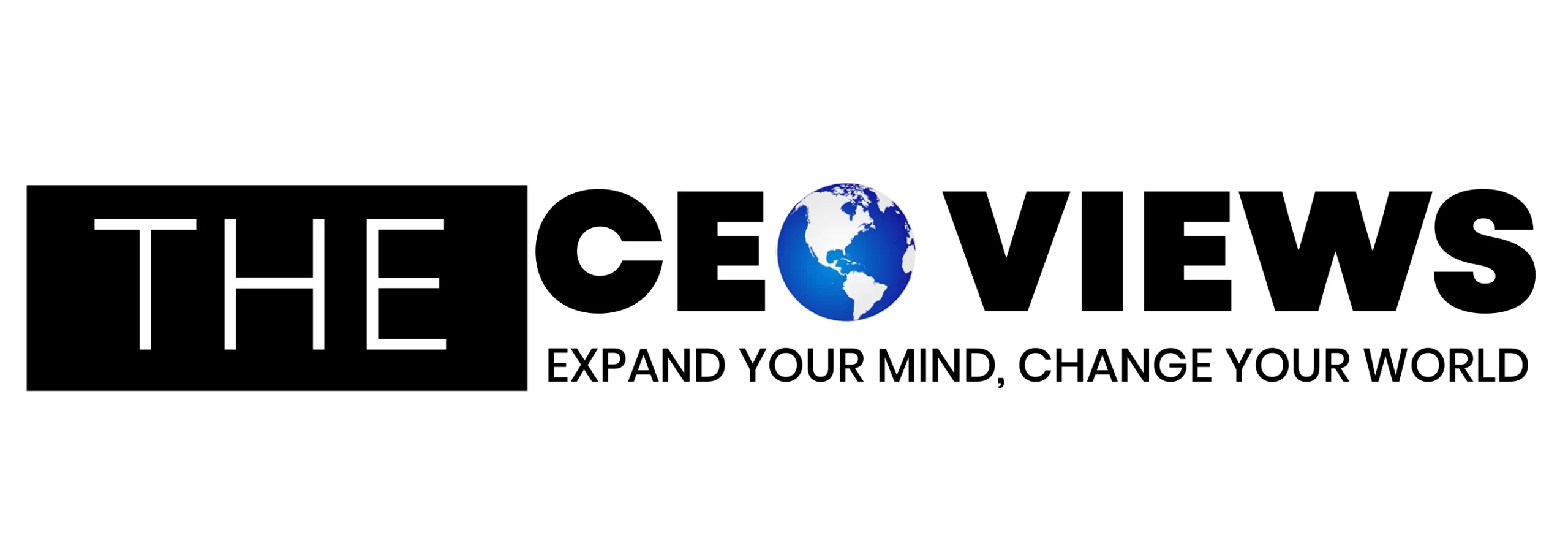As leaders, your ability to keep your team engaged, motivated, and productive is key to your organization’s success. It’s about making a workplace where employees feel valued and empowered to contribute to the company’s goals. With the right strategies, managing your workforce can be easier and more rewarding.
A critical part of employee management is understanding the different needs and strengths of your team. Each team member has unique skills, perspectives, and motivations. By recognizing these differences and connecting them to the company’s goals, you can be more efficient.
Discover how you can manage your employees more efficiently.
Clear Communication
It’s crucial to establish clear communication. When team members understand their roles, responsibilities, and expectations, they can work more effectively. Regular check-ins and feedback sessions create opportunities for dialogue and help clarify any questions. This openness enables employees to feel secure in sharing their ideas and concerns, resulting in a more productive workplace.
Using digital tools can improve communication. Messaging apps and project management software make it easier to keep everyone coordinated, ensuring that everyone is informed. This clarity enhances teamwork and reduces misunderstandings.
HR Software
HR software can make management tasks easier. These tools centralize functions like scheduling, payroll, performance tracking, and employee onboarding. With HR software, managers can easily monitor employee progress and performance metrics without complicating their daily work.
Many of these platforms also include features that improve employee engagement, such as surveys and feedback options. This makes it simpler to gather insights on employee satisfaction and areas that need improvement.
With HR software, organizations can create a more organized and efficient workplace, making employee management a smoother and more streamlined process.
Goal Setting
Setting clear, measurable goals gives employees clear targets to aim for. When goals align with the company’s overall vision, employees can see how their work contributes to the bigger picture. This understanding motivates them. Regularly reviewing goals keeps teams accountable and allows for adjustments as needed.
When you set goals, use the SMART criteria: specific, measurable, achievable, relevant, and time-bound. This approach ensures that short-term and long-term goals are realistic and reachable. Having this framework provides guidance and focus, making it easier for employees to track their progress.
Recognition and Reward
Recognizing individual and team achievements is crucial for effective management. When employees know their hard work is acknowledged, it boosts their motivation and loyalty. Consider creating a rewards system that highlights both major and minor successes. Celebrating milestones with public recognition in team meetings, awards, or simple thank-you notes helps create a positive environment.
To formalize your recognition program, pair public praise with tangible, custom plaques and trophies. A partner like Awards provides corporate awards with free personalization and logo etching, fast proofs, and reliable turnaround, so managers can celebrate quarterly milestones, value-based behaviors, and service anniversaries while reinforcing SMART goals and company values.
Personal recognition, tailored to each person’s preferences, can strengthen team connections. Some employees may enjoy public praise, while others might prefer private acknowledgment. Understanding these differences helps managers build stronger relationships with their staff, which in turn increases overall morale and productivity.
Professional Development
Investing in employee growth can enhance job satisfaction and increase employee retention. Providing training programs, workshops, and opportunities for advancement demonstrates to employees that their development is valued. Employees who feel their skills are being developed tend to be more engaged and committed.
By offering mentorship opportunities or encouraging attendance at industry conferences, organizations can promote a culture of continuous learning. This not only provides employees with new skills but also motivates them to share knowledge and collaborate more effectively with their teams.
Flexible Work Environment
Today’s employees often prefer flexibility, including remote work and adjustable hours. Recognizing this need for work-life balance can boost productivity and job satisfaction. Allowing flexible schedules enables team members to work at their most productive times, ultimately benefiting the entire organization.
Tools for remote work, such as video conferencing and shared online spaces, help keep teams connected and ensure tasks are finished efficiently. By embracing a flexible work culture, you enable employees to manage their time well, creating a win-win for both the workforce and the organization.










